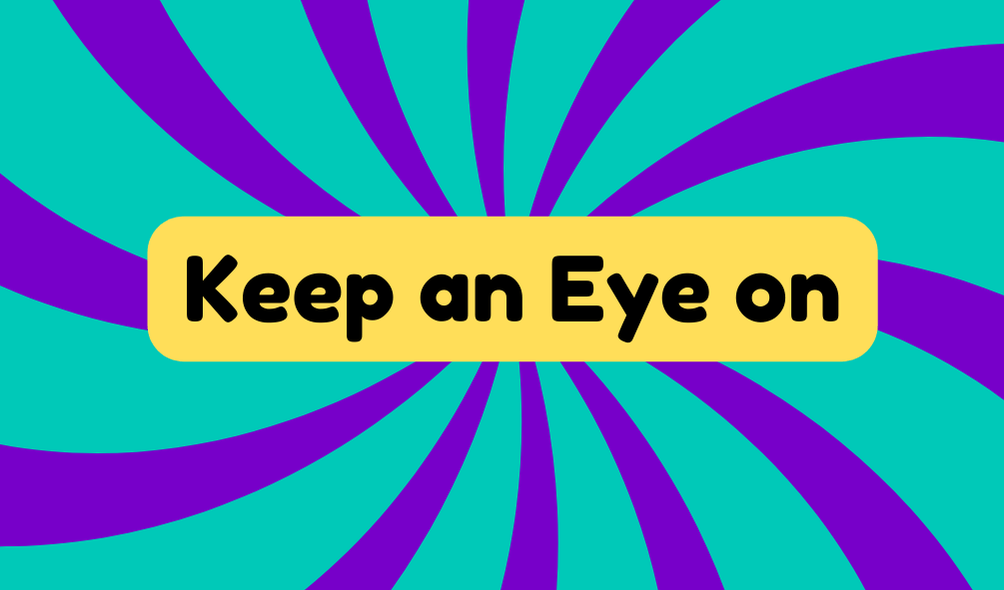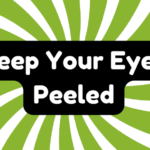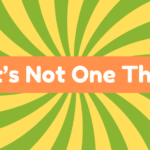The phrase "keep an eye on" highlights the need for vigilance and supervision in everyday tasks. Its origins relate to the human instinct for careful oversight, evolving to encompass multiple responsibilities in modern life. Examples illustrate how this phrase is used in various contexts, from parenting to business. Collocations emphasize its relevance in managing safety and expenses. This enduring expression signals alertness and mindfulness, hinting at deeper themes in the complex world of observation and responsibility. Exploring these ideas further can offer valuable insights.
Synonyms
Keeping an eye on something often necessitates various synonyms that convey similar meanings. In the domain of vigilant observation and attentive supervision, one finds a rich vocabulary to express the concept of monitoring. These alternatives can enhance understanding and application, presenting a spectrum of nuances:
- Scrutinize: indicative of intense focus and critical judgment.
- Oversee: suggests a supervisory role, ensuring compliance or success.
- Watchfulness: encapsulates a persistent awareness of surroundings.
Recognizing these synonyms allows individuals to articulate their intentions more effectively, reflecting an innovative approach to communication while fostering clearer interactions in various contexts.
Example of Sentences
The concept of monitoring goes beyond mere vigilance; it encompasses a range of actions that require attention and responsibility. Daily monitoring can foster safety and accountability, yet it necessitates purpose and discernment in execution. Consider these examples:
- A teacher's vigilant observation on students prevents distractions during lessons.
- Parents guarantee safety by monitoring children playing at a park.
- Businesses strategically observe inventory levels to anticipate shortages.
Without conscientious oversight, one might overlook critical issues. Consequently, genuine engagement in daily monitoring transforms mere observation into an active responsibility, emphasizing the significance of a watchful eye in diverse scenarios for improved outcomes.
Origin
Monitoring, a practice rooted in human nature, reflects a blend of vigilance and responsibility in various contexts. The phrase "keep an eye" has evolved considerably over time, deeply embedded in historical usage to signify attentive oversight. Initially, it emphasized the need for unwavering attention, indicating that both eyes were metaphorically engaged in the task at hand. Over the years, its meaning broadened, encompassing the idea of managing multiple responsibilities simultaneously. This evolution hints at an important reality: while human attention spans may be limited, the demand for vigilance in today's fast-paced world remains ever more essential for effective supervision and multitasking.
Collocations
Collocations related to the phrase "keep an eye" highlight the versatility and practicality of this concept in everyday language. These combinations illustrate various contexts where monitoring strategies and attentive supervision are important:
- "keep an eye on trends" in a fast-paced market
- "keep an eye on safety" during outdoor activities
- "keep an eye on expenses" for budget management
Understanding these collocations encourages individuals to refine their awareness and supervision techniques. However, reliance on such phrases can mask deeper issues, potentially leading to superficial monitoring rather than genuine attentiveness. Consequently, critical evaluation of their usage in various contexts remains essential for effective communication and oversight.
How to Use in Everyday Language
Using the phrase "keep an eye" in everyday language can serve as a practical tool for conveying the need for supervision or vigilance. It suggests utilizing effective monitoring techniques to guarantee tasks are managed properly. For example, parents often keep an eye on their children, employing daily reminders to stay vigilant. While this phrase encapsulates a fundamental responsibility, it also highlights the necessity of balance—constantly watching can lead to unnecessary anxiety. As a result, incorporating this phrase into communication fosters awareness but invites a critical reflection on how much attention is genuinely required without compromising overall mental well-being and productivity.
Why Is It Still Relevant Today?
Why does the phrase "keep an eye" remain relevant in today's fast-paced world? Its modern application spans various contexts, highlighting its practical implications in multitasking and supervision. In an age where distractions abound, being vigilant is essential for effective management. The phrase helps individuals navigate complexities in daily life, from children to work responsibilities.
| Context | Modern Application | Practical Implications |
|---|---|---|
| Parenting | Monitoring children's safety | Ensuring well-being |
| Workplace | Supervising tasks | Enhancing productivity |
| Education | Watching for student focus | Preventing academic dishonesty |
| Technology | Tracking digital trends | Staying competitive |







